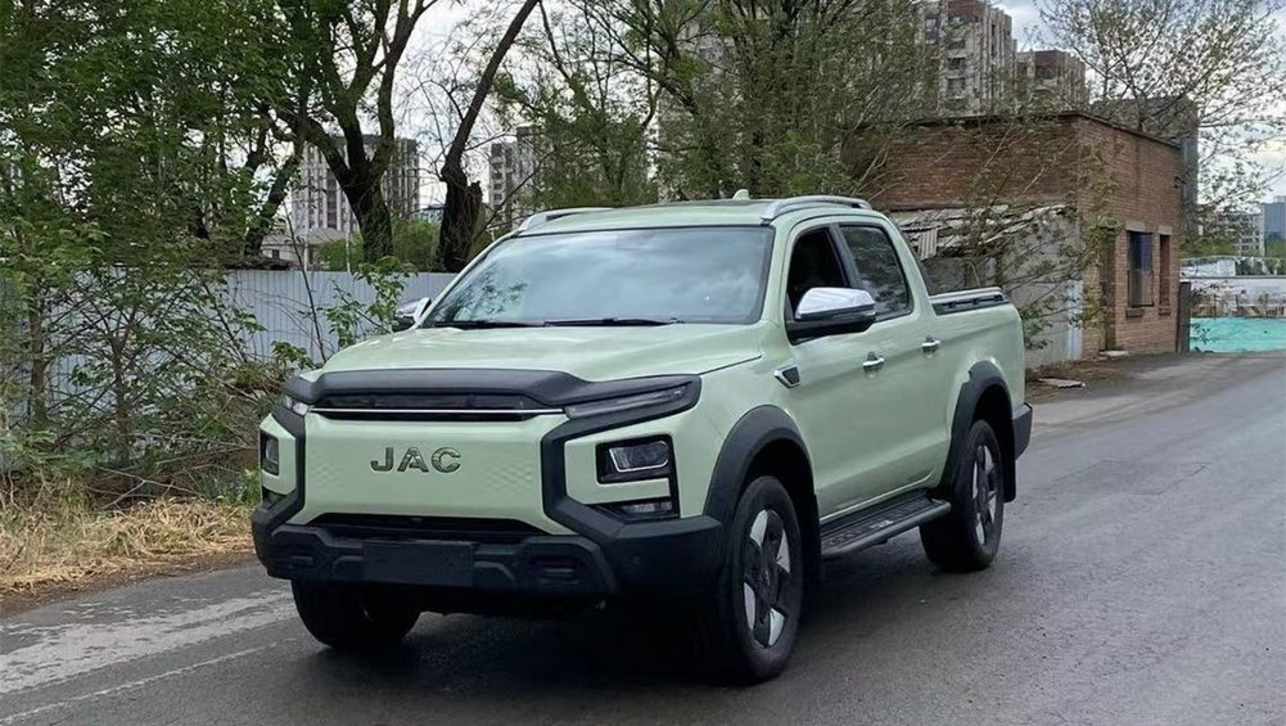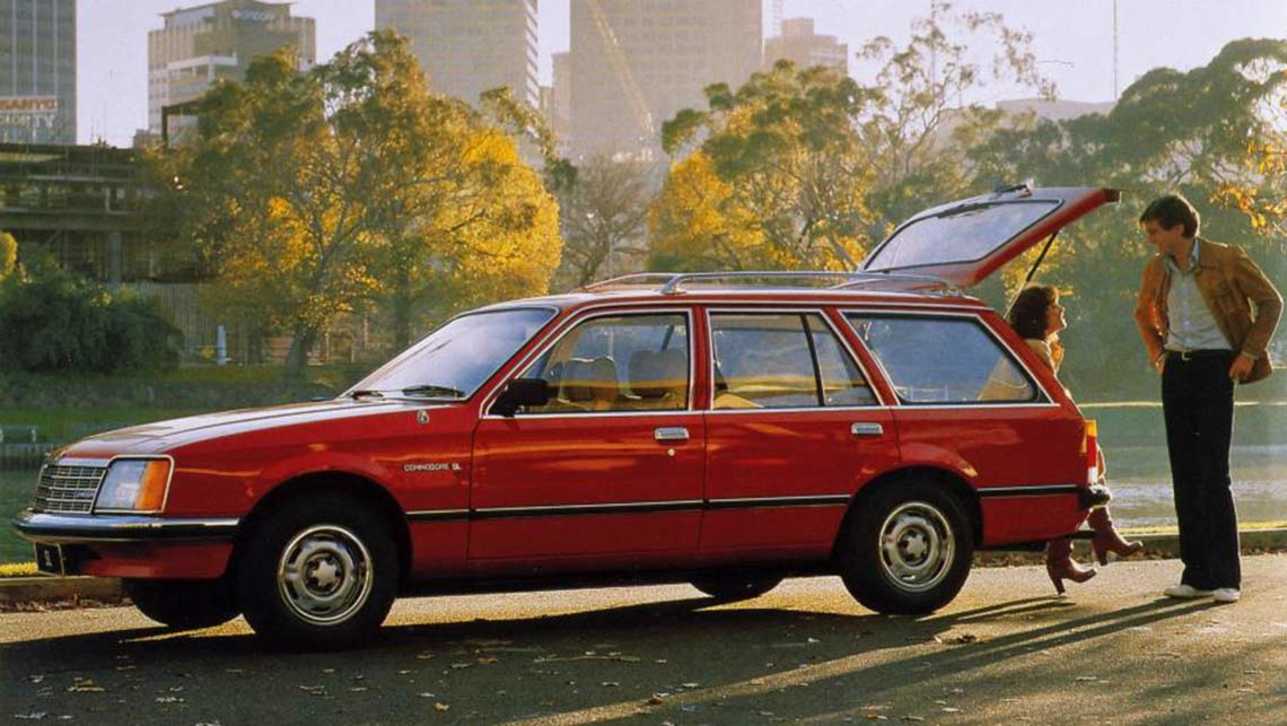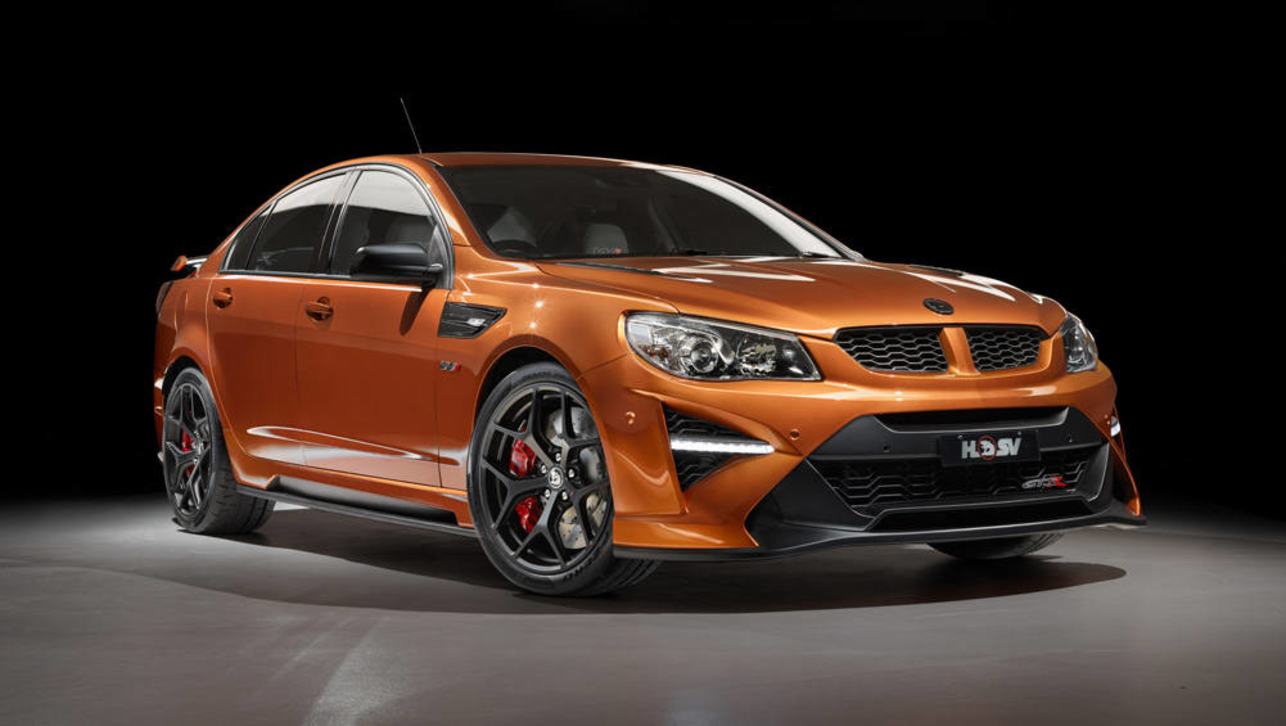GTS power to the people for HSV’s last locally-made Clubsport sedan and wagon, Maloo ute and Senator luxury model.
Power really will come to the people with Holden Special Vehicles’ final edition, which includes the fastest and most powerful Australian-made wagon of all time.
Holden’s performance car arm has given the Clubsport sedan and wagon, Maloo ute and Senator luxury model their single biggest power hike in their 25-year history, equipping them with the same supercharged V8 until now reserved for the flagship HSV GTS.
HSV was obliged to fit its “big banger” engine across most of its range -- the Grange limousine misses out on the performance boost -- after the 6.2-litre V8 previously used by HSV was pinched by Holden for the last locally-made Commodore SS.
While the GTS retains its output of 430kW and 740Nm, HSV has slightly reduced the power for the Clubsport, Maloo and Senator so the flagship maintains a performance gap.
In Clubsport, Maloo and Senator guise the supercharged V8 has 400kW and 671Nm, staggering increases of 60kW in power and 101Nm in torque compared with the previous non-supercharged 6.2-litre V8 -- and just 7 per cent less power and 10 per cent less torque than the GTS.
{{nid:35939}}
While some HSV GTS buyers may be up in arms over the fact that the supercharged V8 from their $100,000 sedan is now available on more affordable models, there may be some consolation.
The prices for the Maloo, Clubsport and Senator have risen by between $7000 and $9500, to $76,990, $80,990 and $92,990 respectively.
The GTS has risen by $1500 to $95,900, meaning there is a $15,000 gap to the Clubsport. Auto adds $2500 to all models except the $85,990 LSA wagon which is auto only.
HSV has done more than just fit the supercharged engine; the power upgrade also means the Clubsport, Maloo and Senator gain a stronger driveline -- gearbox, tailshaft, differential and axles -- and extra cooling for the engine and transmission.
The Clubsport, Maloo and Senator will retain their AP Racing-sourced four-piston brake package front-and-rear, and the same brake discs -- at the time the largest ever fitted to those models.
Now we know why HSV over-delivered on those models two years ago.
{{nid:35936}}
The HSV GTS exclusively retains the six-piston front calipers and the largest front discs ever fitted to an Australian production car.
As further model differentiation, the GTS will also retain exclusive fitment of the magnetic ride control suspension (technology that uses magnetic particles to change how the car absorbs bumps) torque vectoring (a more advanced stability control for high speed corners) and heated front seats.
As with the Holden Commodore VF Series II on which the HSV cars are based, the visual changes -- such as the bonnet vents -- are subtle.
While Holden fitted an all-new front bumper to its sports sedans, HSV will use the same front bumpers as before but the GTS gets extra fins in the outer air intakes, and the Clubsport and Maloo get a new “swoosh” shaped insert near the daytime running lights, and a new section of trim under the front bumper.
{{nid:35937}}
The Clubsport and Senator get new side moulds below the doors and the sedans get some extra trim across the bottom of the carryover rear bumper.
The LSA badge on the rear (LSA is the General Motors’ code for this particular supercharged 6.2-litre V8) has a red accent instead of a yellow accent as on the GTS.
There is also a range of new 20-inch wheels. The Clubsport and Maloo get a new five-spoke design while the GTS now has 10-spoke alloys. Both sets of new rims appear to have been inspired by BMW’s M division or Mercedes AMG.
HSV has dropped the “LS3” V8 Clubsport and Maloo until it sells out of this year’s runout stock, and will reintroduce it as a price-leading model with the non-supercharged 6.2-litre V8 mid-way through next year.
These models will come with 340kW outputs versus the 304kW of the Commodore SS with the same engine.
Still no word on even-hotter GTS finale
HSV continues to decline to comment on reports of a final special edition GTS with even more supercharged power.
Despite reports to the contrary, News Corp Australia understands such a model is yet to be approved, even though it is less than two years from the end of production.
It is understood HSV is exploring three power options -- an uprated version of the existing LSA engine in the GTS, or fit the LS9 supercharged 6.2 V8 used in the previous ZR1 Corvette (476kW/819Nm), or the new LT4 supercharged 6.2 V8 used on the latest Corvette Z06 (485kW/881Nm).
{{nid:35940}}
HSV is understood to be evaluating the engineering cost of introducing one of two new engines at this late stage in the car’s life, or giving the LSA one last tune-up.
All options are costly and would require extensive validation work to meet HSV and Holden warranty requirements.
In the end, economics may rule out one last Aussie super-sedan.
But if Ford can sell out in 48 hours all 500 final edition Falcon GT sedans -- which had unique stickers and only a modest power increase -- then a final edition HSV is likely to appeal to collectors, regardless of how much power is under the bonnet.
Once these cars reach the end of the line in late 2017, the flag will fall on Australian performance cars forever.







.jpg)
.jpg)
.jpg)

.jpg)
.jpg)
.jpg)
.jpg)
.jpg)
.jpg)
.jpg)
.jpg)
.jpg)

.jpg)


.jpg)

.jpg)



.jpg)

.jpg)




Comments